It is thought that tea originated in China during the Shang Dynasty as a medicinal drink and was first introduced to Portuguese priests and merchants in China during the 16th century. Drinking tea became popular in Britain during the 17th century and the British introduced tea to India, in order to compete with the Chinese monopoly on tea.
Tea has been historically promoted for having a variety of positive health benefits. Recent human studies suggest that green tea may help reduce the risk of cardiovascular disease and some forms of cancer, promote oral health, reduce blood pressure, help with weight control, improve antibacterial and antivirasic activity, increase bone mineral density. Additional research is ongoing to fully understand its contributions to human health.
Tea catechins have known anti-inflammatory and neuroprotective activities, help to regulate food intake, and have an affinity for cannabinoid receptors, which may suppress pain, nausea, and provide calming effects. Consumption of green tea is associated with a lower risk of diseases that cause functional disability, such as stroke, cognitive impairment, and osteoporosis in the elderly.
Tea contains L-theanine, and its consumption is strongly associated with a calm but alert and focused, relatively productive, mental state in humans.
So what are the different types of tea?
Green Tea
A popular tea in Asia, its leaves have undergone the least amount of oxidation, by a quick application of heat, either by steaming or by dry cooking. Green tea has a bright green colour and bitter/sweet taste. Traditionally green tea was only a hot beverage but iced green tea is becoming increasingly popular.
Black Tea
Black tea leaves are allowed to completely oxidise, which darkens the tea. Black tea is produced mainly in China, India and Sri Lanka and it is the most consumed fermented tea. There are many varieties of black teas which are indigenous to so many regions of the world, it is common to name the variety according to the region it came from (e.g. Assam, Nepal, Darjeeling, Nilgiri, Turkish and Ceylon).
White teas are produced mostly in China. It is minimally oxidised (also known as fermentation in the tea industry), which leaves a characteristic sweet aroma and aftertaste. Processing involves withering and drying the young leaves by baking. White tea’s name comes from the downy hair on the surface of the buds, which appear white.
Oolong tea is commonly served at Chinese restaurants and is the most popular of the Chinese teas. Oolong tea is made from the same kind of leaves as white, green and black tea. The oxidation process is somewhere in between green and black tea.
Want to know more about ocha (Japanese tea)?
The Japanese consume many types of tea, however the most common are non-fermented green teas which are a staple to accompany Japanese food at mealtimes and frequently drunk throughout the day as a refreshing pick me up.
For information on how to brew tea and what temperatures are best, see our page – Brewing tea – it’s all in the water!












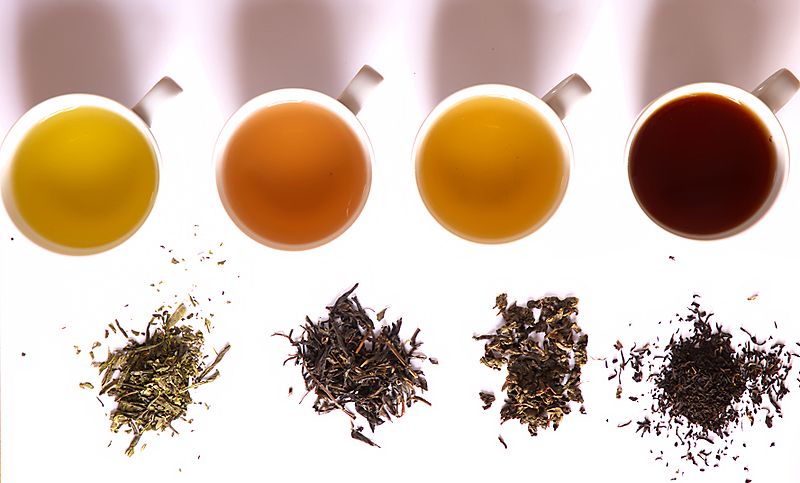
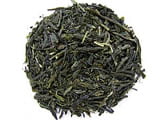
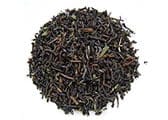
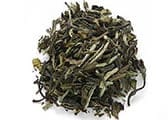
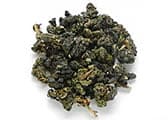
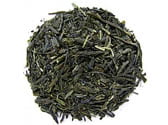
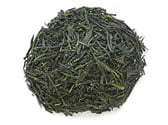



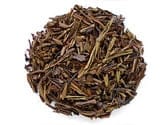

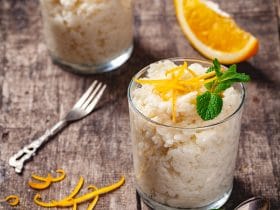
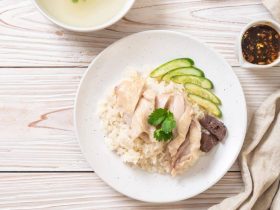





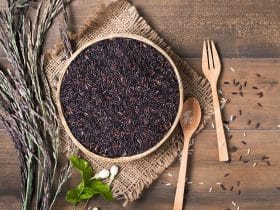




1 Comment